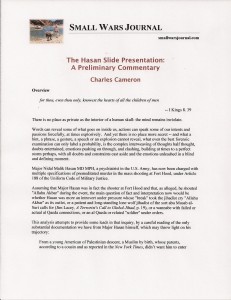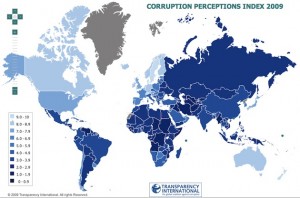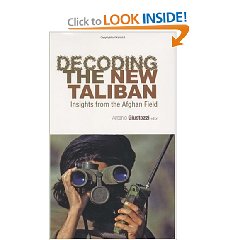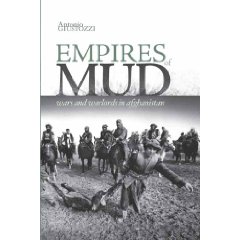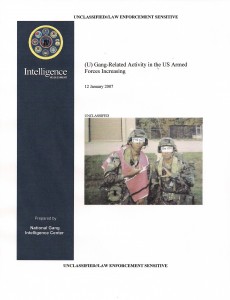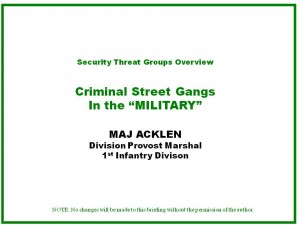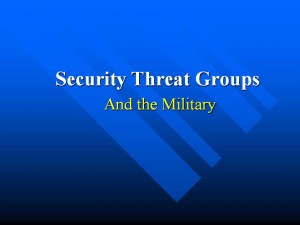
21 November 2009
Memorandum of Transmittal by Robert David STEELE Vivas
Subject: Counterinsurgency Conference Overview
Mr. Jason Liszkiewicz, Executive Director of the Earth Intelligence Network (EIN) and resident in NYC, attended the 20 November 2009 conference on counterinsurgency (speakers identified on page two), and provided me with the notes on pages 3-9. Below is my own exploitation of these notes.
IGNORANT US POLICYMAKERS. We have policymakers with crippling illusions about how the world is—worst ever—people in policy positions do not understand the problems they are making policy on—Congress is unsophisticated about Afghanistan; Washington-area decision-makers vastly misunderstand the enemy—Taliban is a super-bug adapting super-fast. This is NOT about Al Qaeda having a home base. Congress lacks next of kin engaged.
CORRUPT AFGHAN OFFICIALS. Afghan government officials own 32% of the Palm Islands in Dubai—election was “industrial-strength fraud”—tsunami of cash (US, Saudi, others) drives corruption. NOTE: No Afghans on any of the panels.
US LACKS AREA KNOWLEDGE & STRATEGY. We really do not “get” the Afghanistan-Pakistan-India context, detail, etcetera. US “strategy” of “ten cities” is a mirror of the Soviet strategy before defeat. Doctrine is not a substitute for Strategy. Water (Indus River) is central to Pakistan-India relationship (Kashmir is about water). Question NOT being asked: how do we do this without a US ground presence? “Cheap coat of paint” approach to challenges. “Tactics without strategy is noise before defeat.” Saudi money, Pakistan-Taliban axis will outlast US money and US ground presence.
COUNTERINSURGENCY MANUAL LACKING. Counterinsurgency manual is not realistic and warps policy debate—the reality of poppy crops is not in the manual, not in the “strategy/doctrine”
UN, AID, NGO OOB NOT WORKNG. UN not working, its role not thought out, shortfalls in specialized everything. Local corruption and family-political angling for contracts lead to some IED’s intended to block or redirect contract funds. AID giving contracts to Americans, not Afghans. US has no ability to create ministries from scratch. Civilian capabilities non-existent or not understood by military when they do show up. No inter-agency planning in part because the civilians have no idea why they are there or what they should do.
LOST IN TRANSLATION. Continue to lack Pashto translators. More Pashto speakers within NYPD than in all US forces across Afghanistan
EXIT OPPORTUNITIES. Afghan Army most respected institution in country, best fighters but worst policemen. US ground presence makes things worse. Solutions have to be Afghan. Afghan population wants sovereignty and independence. US troops simply surviving, not campaigning.
On page 10 I provide the “Lessons Learned” from my 1992 study of USMC operations.

